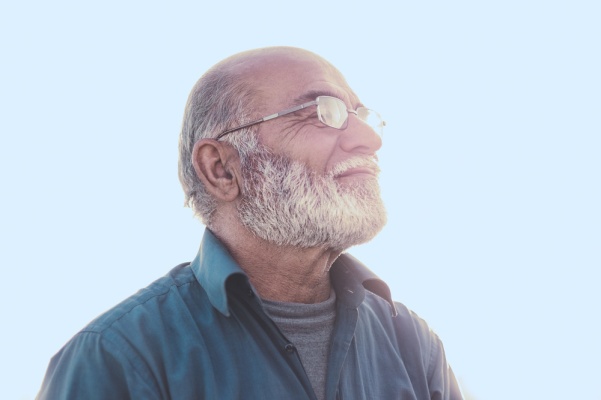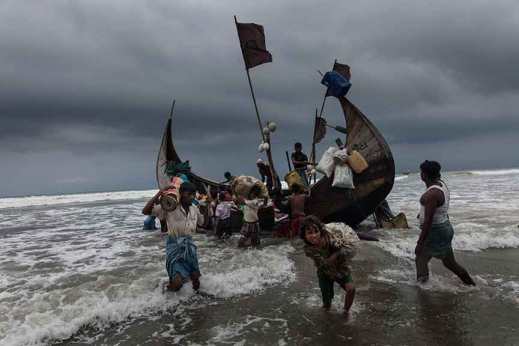This week Photojournalism Now: Friday Round Up celebrates Refugee Week (17-23 June), by showcasing stories from three photographers whose recent work focuses on refugees, the Rohingya crisis Patrick Brown, and Paul Choy and Magnus Wennman, Syria.
Refugee Week has been part of the Australian calendar for over 30 years and in the UK for 20 years.
The aim of Refugee Week is to educate the public about who refugees are, why they have sought a new life away from their homeland, the challenges they face and the contributions to society that refugees make.
The word “refugee” tends to strip away the individual, as if giving a generic label makes it okay to treat people the way some governments do, Australia’s included – with suspicion, derision and without compassion.

Let’s change the narrative #WithRefugees
Exhibition:
Patrick Brown – Exodus

Multi award-winning photojournalist Patrick Brown has been based in Asia for 20 years. In September last year, after hearing reports that Rohingya men, women and children, were crossing from Myanmar into Bangladesh, near Cox’s Bazaar, he determined to see what was going on for himself.
“I’ve worked in tough environments before but was simply unprepared for what I saw when I arrived and what I continued to see over the following weeks,” he says. “Children carrying younger siblings through flooded paddy fields for days on end. Hungry, dirty people who had walked for 10 days with nothing more than their shirts on their backs. And pretty soon the hundreds of desperate people became thousands and then tens of thousands and then hundreds of thousands. In muddy paddy fields thousands of people trying to make shelters using their bare hands, plastic bowls – anything they could get their hands on.”



“The refugee camp in Cox’s Bazar is the world’s biggest – a bamboo and plastic-sheet city of nearly a million people. An area more densely populated than Manhattan. A muddy backwater, overflowing with people with nothing more than their own determination, in need of food, medical attention, clean drinking water, and schools. There is worse to come with the monsoon rains and the risk of landslides as well as water born diseases such as dysentery, typhoid and cholera.”
Brown’s photos are on show in Bangkok until 10 August.
River City Bangkok, 23 Trok Rongnamkhaeng, Si Phraya Pier, Yota Road, Sampantawong
Photo Story:
Paul Choy – Faceless, Forgotten

Photojournalist Paul Choy says of the Syrian crisis, “the sheer number of people displaced by circumstances beyond their control can be difficult to comprehend. They have become the faceless, forgotten people, whose individual stories have been lost in one of the worst humanitarian disasters in living memory. Used as political pawns, in a game of chess being played by the Governments of the world, these are the people for whom everyday life has become an everyday struggle for survival”.
Photo Story:
Magnus Wennman – Where the Children Sleep
Award-winning Swedish photojournalist Magnus Wennman’s portraits of Syrian refugee children sleeping is one of the most moving photo essays I’ve seen. You can read each of the children’s stories here.






1 Comment